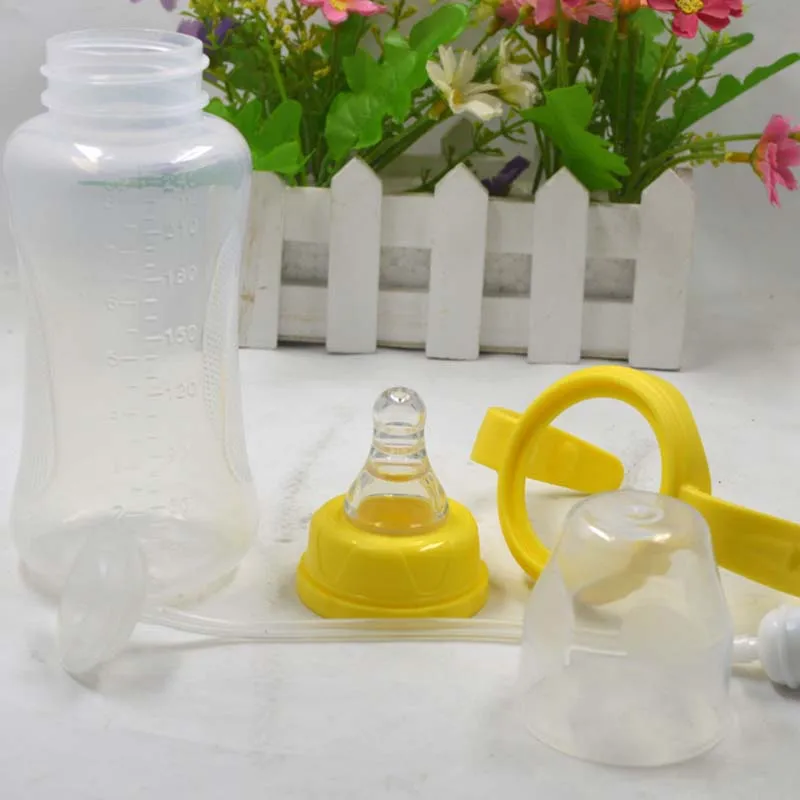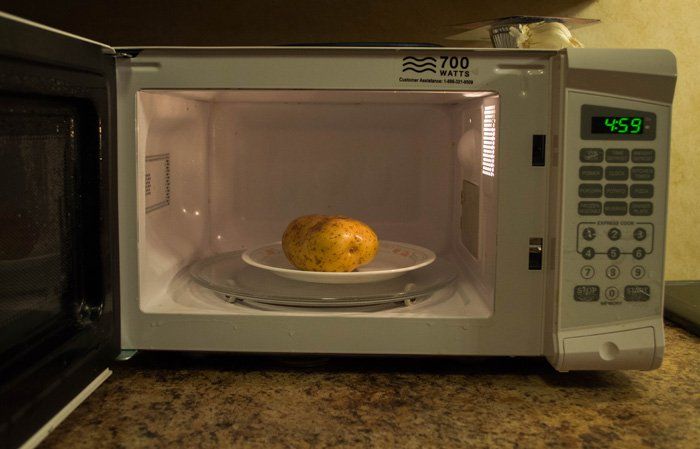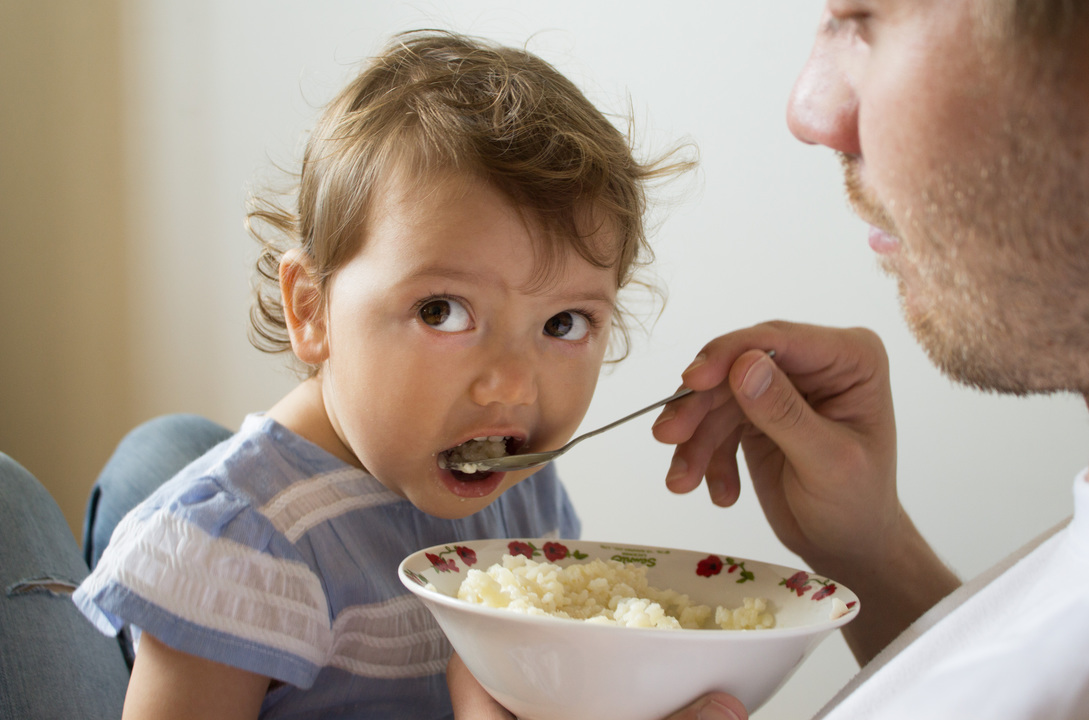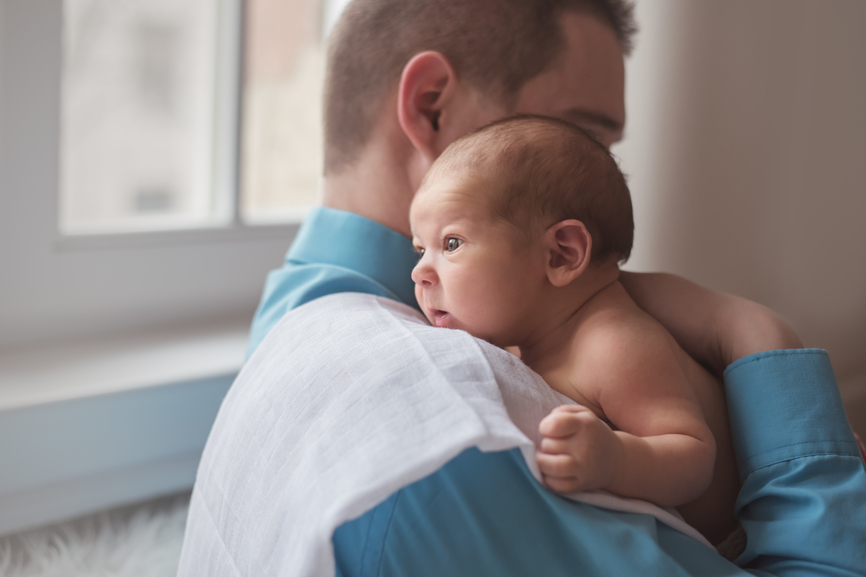Baby feeding bottle with straw
Pros & Cons of Cups and Straws
Read time: 6 minutes
What should I know about cups for babies and toddlers?When to discontinue bottle use
Benefits of using a variety of cups to support optimal oral motor skill development
How to choose the best kinds of cups for your baby
Whether or not you continue to nurse throughout the toddler years, pediatricians recommend weaning your baby from the bottle (of breastmilk or formula) and switching to a toddler cup at approximately 12-24 months old.1 Transitioning from bottle to toddler cup (for all liquids other than directly from the breast) will allow your baby to exercise their face muscles, tongue, and soft palate, all of which are connected to speech and feeding.2,3
Teaching your little one to use a cupWith so many cup options on the market, it can be overwhelming to understand which one to try with your baby. All cups, whether open, straw, or toddler sippy cup, will require your baby to use their tongue and mouth differently than when drinking from a bottle. Offering a variety of toddler cups allows your baby to practice new drinking skills as they transition away from the bottle.In addition to learning the proper tongue and mouth placement for drinking, your baby must also master the hand-eye coordination required to hold, lift, and tip the toddler cup towards their mouth, all while sitting upright.4 According to the American Dental Association, to help your child learn how to sit, lift the cup, and sip, look for training cups that have:
A cup with a snap-on or screw-on lid that has a spout, but no spill-prevention valve
Cups with two handles
Cups with a weighted base to keep them upright and cut down on spills3
Training Cup / Sippy cup
Many parents purchase a typical sippy cup first because they’re no-spill and easy to tote around, however they’re essentially baby bottles with a slightly different design. With sippy cups, your baby has to suck – not sip – in order to get the liquid out. However, the aim is to shift from sucking (like from a bottle) to sipping (as you would with a cup).5 Note that training cups and sippy cup is meant to be used temporarily. Once your baby has learned how to sip, it is no longer needed, and an open cup is recommended. 4, 6,7
With sippy cups, your baby has to suck – not sip – in order to get the liquid out. However, the aim is to shift from sucking (like from a bottle) to sipping (as you would with a cup).5 Note that training cups and sippy cup is meant to be used temporarily. Once your baby has learned how to sip, it is no longer needed, and an open cup is recommended. 4, 6,7
Straw cup
Straw toddler cups can help with learning how to sip; however, they offer less practice for the other skills. This is because your baby can successfully drink from a straw cup while still reclining and sucking, and not sitting upright or fully tipping the cup to their mouth.
Open cup
Some babies go straight from a bottle to an open cup, so consider this option as well. Babies are developmentally ready to sip from an open cup, held by another person, starting around 6 months of age.6 Once they’re able to sit up unassisted and seal their lower lip on the rim of the cup, you can practice by holding an open cup with a small amount of water or milk to your baby’s mouth, and tipping it slightly towards your baby.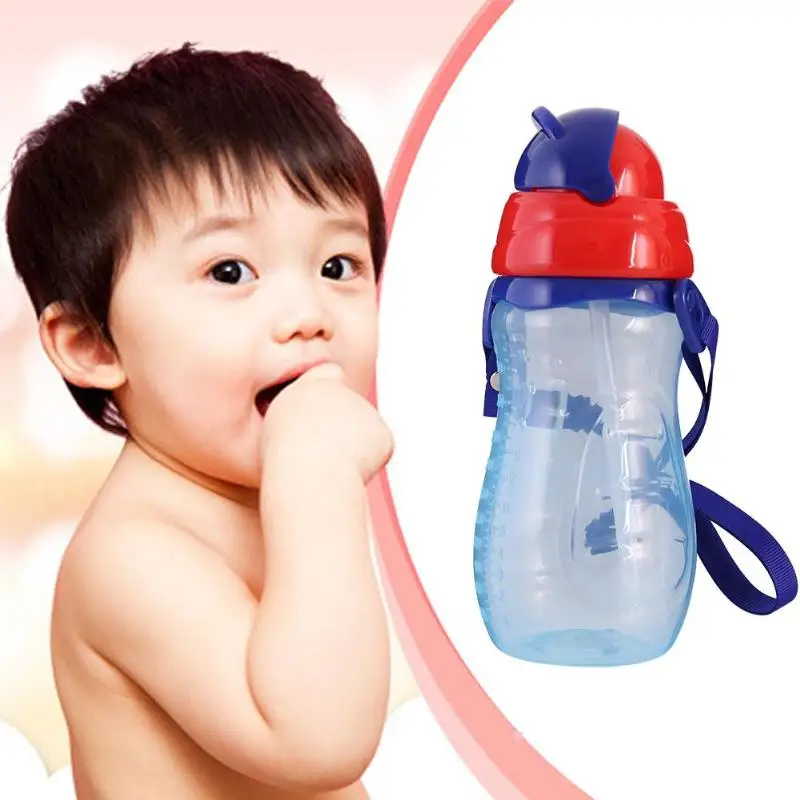 Starting to practice with different cups at six months helps to ensure your baby is able to successfully transition off of the bottle around their first birthday.1
Starting to practice with different cups at six months helps to ensure your baby is able to successfully transition off of the bottle around their first birthday.1
Read more: Is you Baby or Toddler Adequately Hydrated?
Which cup: Bottom lineSippy cups (without a valve) should only be used for a few months as a learning tool. Once your little one can pick up the cup and tip it to sip, an open cup is the next step!Straw cups are also a transition tool – but there are certain situations where they can continue to be useful, provided they are only used occasionally. A straw cup may be a good option for a long car or plane ride to help prevent spills. You can also consider a spout cup (without the internal straw), which requires your little one to tip the cup up to drink.But the bottom line is that open cups should be used most often to ensure your little one’s mouth and tongue are developing appropriately.
How do I transition my baby to cups?Try different types of cupsSome children need a subtler transition from a bottle to a softer-spout toddler cup, while others do well with the big jump between bottle (of breastmilk or formula) and a plastic toddler cup containing water.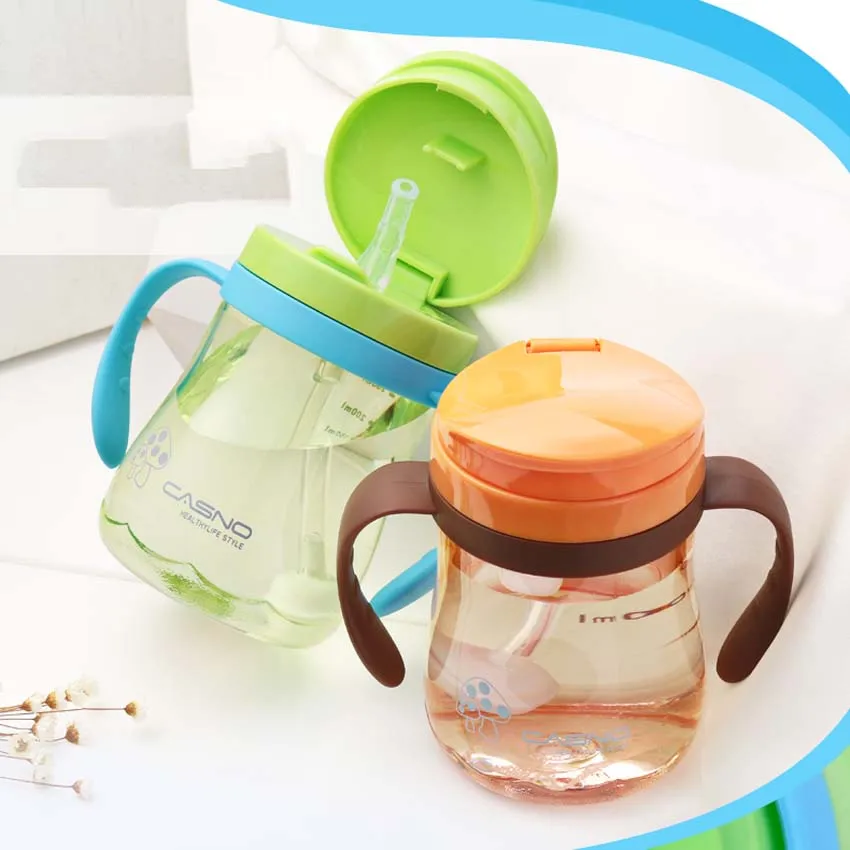 Experiment with different cups to determine what works best for your baby.
Experiment with different cups to determine what works best for your baby.
Read more about what beverages to provide your baby and toddler.
Remove the spill-proof valves from sippy cupsDon’t worry so much about spills. Instead, focus on letting your baby practice drinking from a cup. The spill-proof valves on toddler sippy cups may impede your baby’s success with drinking because they can make it more challenging for the child to get any liquid out of the cup, and they encourage sucking over sipping. By removing the spill-proof valve or choosing a cup without one, your baby will have to learn to tip the cup and sip in order to get liquid from it, much like drinking from an open cup.
Allow your baby to sip water from your open cupPractice makes progress! Let your 6+ month old baby practice drinking from a cup of water that you are holding. Or try holding a small, child-sized cup with a few tablespoons of water in it.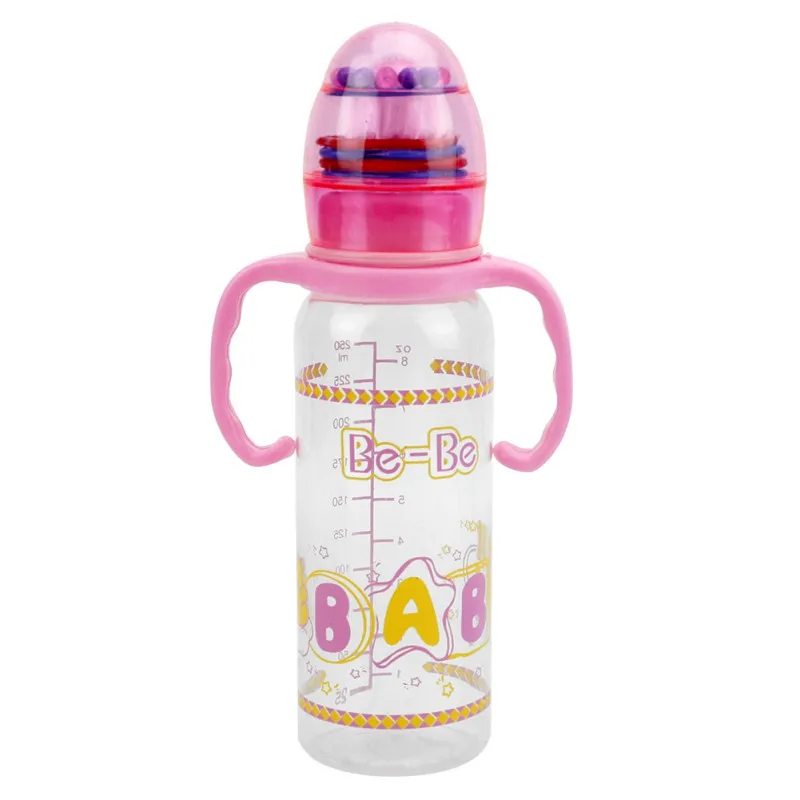 Your baby must develop oral motor control to learn how to seal their lips on the side of an open cup, receive some water, keep that seal while swallowing and move the cup away from their mouth.7 You will see lots of dribbling down baby’s shirt and spilling initially, but making a mess is part of the fun!
Your baby must develop oral motor control to learn how to seal their lips on the side of an open cup, receive some water, keep that seal while swallowing and move the cup away from their mouth.7 You will see lots of dribbling down baby’s shirt and spilling initially, but making a mess is part of the fun!
Some babies have an easier time transitioning to a new cup if you present them with a familiar taste. For babies who are exclusively or partially bottle-fed (as opposed to exclusively breastfed), try giving your baby half of their breastmilk or formula in a bottle and the last few ounces in a cup. When you switch out the bottle for the cup, continue to snuggle with your baby like you normally would when feeding from the bottle. You can also try having your baby suck on the bottle nipple for a few seconds, and then switch over to a cup containing breastmilk or formula. For babies who are exclusively fed at the breast, follow all other suggestions in this section.
Read More: Breast to Bottle: How To Transition
Offer toddler cups with easy-to-hold handlesHolding, lifting, and tipping the cup to drink is an important part of the learning process for your baby. Some companies sell handles that fit on bottles, sippy cups, and straw cups interchangeably, which can make for an easier transition. However, because of their ease of holding and carrying around, many toddlers will hold onto their cup of liquid all day long, much like a security blanket.1 Additionally, sipping on breastmilk or formula, or other sugary beverages such as juice, all day long between meals can contribute to tooth decay.8These are great reasons to seek out open cups with handles made for babies and toddlers and provide liquid at meal and snack times.
Additional helpful recommendations about baby and toddler cupsDo not let your child drink from a cup that is scratched or damaged
A worn cup with scratches is more likely to harbor bacteria and, if the damaged cup contains bisphenol A (BPA), may release small amounts of the chemical. While research on the effects of BPA on humans continues to advance, there is enough evidence confirming risk and, many manufactures no longer use the chemical in their baby cups. Notice whether a cup sports a “BPA-free” label before purchasing.9
While research on the effects of BPA on humans continues to advance, there is enough evidence confirming risk and, many manufactures no longer use the chemical in their baby cups. Notice whether a cup sports a “BPA-free” label before purchasing.9
Disassemble cups, lids and straws completely before washing
Toddler sippy and straw cups with lots of parts have nooks and crannies may trap bacteria and other germs – yet another reason to promote open cups as soon as your baby can handle them! Separate all the valves from inside sippy cups and take out the straws to clean the cups thoroughly before hand-washing or running through the dishwasher. Look for toddler cups that are easy to separate, clean and sterilize to make your life easier.
Do not let your child go to bed with a sippy cup or bottle
If your baby falls asleep while drinking from a toddler sippy cup or bottle, the milk may pool in the back of their throat and coat their teeth with sugar-containing liquid for the entire night. 3,9 (Even breastmilk has naturally occurring sugar!) Be sure to separate your baby from their drinking source and brush those teeth before bed.
3,9 (Even breastmilk has naturally occurring sugar!) Be sure to separate your baby from their drinking source and brush those teeth before bed.
We know parenting often means sleepless nights, stressful days, and countless questions and confusion, and we want to support you in your feeding journey and beyond.Our Happy Baby Experts are a team of lactation consultants and registered dietitians certified in infant and maternal nutrition – and they’re all moms, too, which means they’ve been there and seen that. They’re here to help on our free, live chat platform Monday through Friday, from 8am–6pm ET, and Saturday and Sunday, from 8am–2pm ET. Chat Now!
Read more about the experts that help write our content!
For more on this topic, check out the following articles:
Healthy eating for kidsIntroducing solids: Different approaches and strategies
Choosing the right bottles and nipples
Alternatives to sweetened beverages and juices
Milk and milk alternatives for baby and toddler
Transitioning from Bottle to Cup
tags: Pediatric Feeding Disorders Program
Although many little ones transition easily from breast or bottle to sippy cup, or from sippy cup to open cup, some children resist these changes to their usual feeding routine. From a developmental perspective, it’s not surprising that infants and toddlers become attached to their source of nourishment and the comfort that often goes along with it. Still, we all know these transitions are eventually necessary. So when should we nudge our babes toward the next step? And how? We checked in with Hailey Ormand, a behavioral psychologist at Kennedy Krieger’s Feeding program, for a few tips.
From a developmental perspective, it’s not surprising that infants and toddlers become attached to their source of nourishment and the comfort that often goes along with it. Still, we all know these transitions are eventually necessary. So when should we nudge our babes toward the next step? And how? We checked in with Hailey Ormand, a behavioral psychologist at Kennedy Krieger’s Feeding program, for a few tips.
The American Academy of Pediatrics recommends transitioning from a bottle to a sippy or straw-top cup by 18 months. One reason for this suggested timeline is dental health, as drinking milk by bottle leaves children’s teeth in prolonged contact with the sugars in milk (lactose), which can increase the risk for cavities. Another case for making the switch early: you may already be introducing cow’s milk around 12 months, and it’s often easier to introduce new drinks in a new cup from the start. A third reason to transition to a cup or bottle with a straw between 12-18 months is related to oral motor development. Baby bottles can interfere with your little one’s development of more mature oral motor skills, which become more important as your child begins using their first words and eating table foods. Lastly, research suggests that children who are still drinking milk by bottle at age 2 are at an increased risk for obesity later in childhood, as they tend to take in more calories throughout the day in addition to set mealtimes.
Baby bottles can interfere with your little one’s development of more mature oral motor skills, which become more important as your child begins using their first words and eating table foods. Lastly, research suggests that children who are still drinking milk by bottle at age 2 are at an increased risk for obesity later in childhood, as they tend to take in more calories throughout the day in addition to set mealtimes.
Start in a High Chair
Many parents choose to introduce cup drinking when their child begins eating solids and drinking water around 6 months. If your baby is still nursing at 12-18 months, skip the bottle entirely and go straight to a lidded or open cup while weaning. During meals in a high chair, present the new cup and show your child how to use it. Because your baby is most familiar with milk, it may be helpful to present your baby’s milk in the cup initially before offering water. And, believe it or not, children as young as 12 months can begin practicing with an open cup, so don’t be afraid to present a small amount of water or milk in an open cup and give your baby a chance to practice this new skill. As always, ignore any signs of resistance—such as pouting, crying or tossing the cup—and give enthusiastic praise when your child attempts to use the new cup correctly.
As always, ignore any signs of resistance—such as pouting, crying or tossing the cup—and give enthusiastic praise when your child attempts to use the new cup correctly.
Go Cold Turkey
The fastest way to remove bottle feedings from your daily schedule is to do it cold turkey—don’t present the bottle—present the sippy cup instead. You can choose to drop one bottle feeding at a time or ditch the bottles all at once, but the push back from your child can make this approach difficult or upsetting for some parents. It is important to note that you have to be committed to following through if you choose to go cold turkey. Giving in after your child becomes upset only teaches them to cry or fuss until you give in, which can cause bigger problems down the road. It’s also important for hydration purposes that your child is already somewhat familiar with and able to use the new cup well enough to meet their daily fluid needs. If you opt to drop one bottle feeding at a time, it may be easier to first fade out late morning or afternoon bottles than early morning or evening bottles. Once your child is accustomed to eating solids in the morning, you can stop presenting the morning bottle. Lastly, establish a relaxing evening routine, such as eating a snack, bathing and reading a story together, before dropping the evening bottle.
Once your child is accustomed to eating solids in the morning, you can stop presenting the morning bottle. Lastly, establish a relaxing evening routine, such as eating a snack, bathing and reading a story together, before dropping the evening bottle.
Make Gradual Changes
If you’re worried your child won’t easily transition to a new cup, you can make changes more gradually. One strategy is to introduce the new cup (empty or with a preferred liquid) during a non-meal activity, such as bath time or a car ride. This approach will help your little one become accustomed to seeing and holding the cup before there is any expectation of using it for drinking. Another option is to gradually reduce the amount of milk offered at one meal by bottle or sippy cup until you’re only offering 1-2 oz., then replace it with the new cup. Lastly, you might choose to offer only water by bottle and milk by cup, or to remove the nipple or lid from your child’s preferred cup and offer it with a straw instead.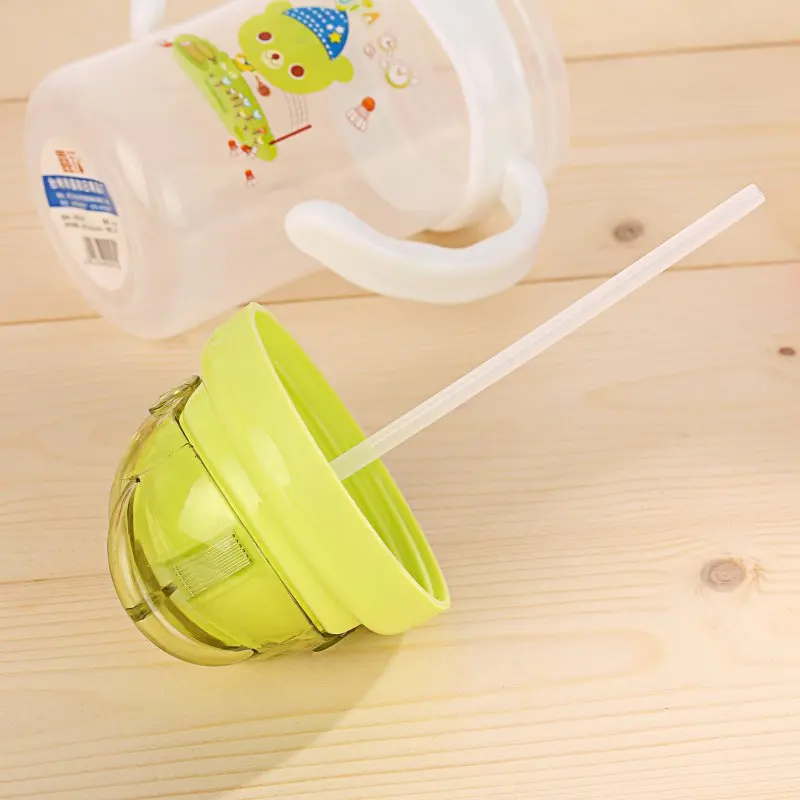
As with many other challenging aspects of parenting, keep in mind that the development of new feeding skills and routines is a marathon, not a sprint. You may have to try a few different cups before finding one that works well for your child, and you may have to try a few different approaches before your child transitions completely to their new cup. Avoid comparing your child to your friends’ kids and do what works best for your family.
Baby bottles and accessories
Filter byView product list Cheapest at the top
%
FREE SHIPPING
8 99 €
Add to cart
5/5
PICK UP TOMORROW
Bottle 260 ml, 0m+
Recomm. age from: 0 months
Volume: 260 ml
baby bottles are indispensable and necessary devices for feeding your baby, even if your newborn baby is fully breastfed at the beginning. The bottle will help you out when you need to go away and others can feed your baby with your expressed milk, or after a while, you can give your baby water, tea and juice. But when it comes to artificial feeding, baby feeding bottles are the main helpers, without which you cannot do a single day.
The bottle will help you out when you need to go away and others can feed your baby with your expressed milk, or after a while, you can give your baby water, tea and juice. But when it comes to artificial feeding, baby feeding bottles are the main helpers, without which you cannot do a single day.
Today, manufacturers offer a huge number of different feeding bottles, so in order to make the right choice, you need to pay attention to the following points: When choosing baby bottles, it is best to purchase a bottle with a physiological nipple, size 0 or 1, especially if your baby is on mixed feeding, since such a nipple has a small hole and is similar in shape to a mother's breast, as a result, the baby will not feel the difference and will not refuse breastfeeding. These bottles include: Philips Avent Natural, Medela Calma, Twistshake Anti-Colic, Chicco Natural Feeling, NUK First Choice Classic, Canpol Easy Start Newborn. Later, from about 3-4 months you can buy bottles with teats with more holes for better milk flow. In addition, when buying, consider the size of the bottle, in general, 125-150 ml bottles are suitable for newborns, and 250-300 ml for older children;
In addition, when buying, consider the size of the bottle, in general, 125-150 ml bottles are suitable for newborns, and 250-300 ml for older children;
 Choose a bottle that will be comfortable for you and your baby to hold, and it should also have a clear and understandable scale;
Choose a bottle that will be comfortable for you and your baby to hold, and it should also have a clear and understandable scale; Do you want to buy a baby bottle? Or maybe you need a bottle dryer and other accessories? Then we recommend that you familiarize yourself with our assortment, in which you will find a large selection of these products. We offer quality products from manufacturers such as: Philips Avent, Chicco, Medela, NUK, Canpol, Tommee Tippee, Britton, Babybjorn, Lovi and many other well-known manufacturers that produce strong and durable children's products. If you doubt your choice, then a full description and feedback from our customers will help you make the right choice and buy a bottle that will perfectly perform its function and serve you for a long time.
If you doubt your choice, then a full description and feedback from our customers will help you make the right choice and buy a bottle that will perfectly perform its function and serve you for a long time.
KP top 10 rating, reviews, expert advice
Feeding bottle - this is the necessary thing that you need, regardless of whether the baby is breastfeeding or receiving formula. In the second case, it is clear - this is number one in your everyday life. And in the case of breastfeeding, a bottle may be needed when the mother needs to go away on business and leave expressed milk for the baby, or if there are problems with lactation and the child needs supplementary feeding.
Your task is to choose a high-quality and safe product for your newborn.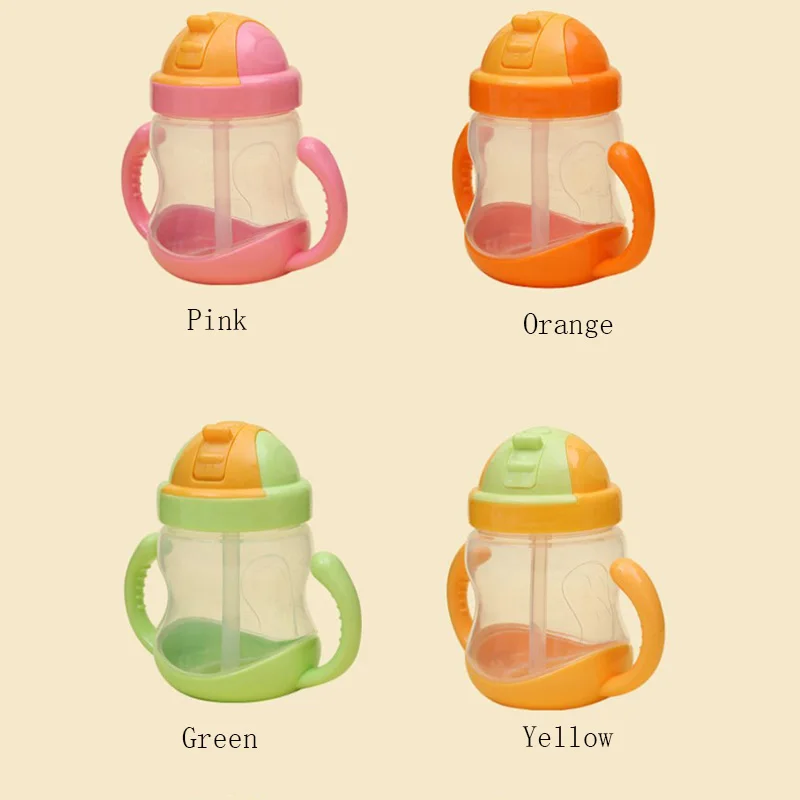 Today, a huge number of bottles for newborns and children of the first year of life are presented on the market for children's goods. There are many manufacturers, among the most famous and well-established ones are Philips Avent, Dr. Brown's, Medela, Pigeon, Сhicco, Munchkin, Nuk and some others.
Today, a huge number of bottles for newborns and children of the first year of life are presented on the market for children's goods. There are many manufacturers, among the most famous and well-established ones are Philips Avent, Dr. Brown's, Medela, Pigeon, Сhicco, Munchkin, Nuk and some others.
There are many nuances when choosing a bottle, but one of the most important criteria to consider is the presence of a physiological nipple.
The benefits of the physiological teat
Its use is especially important when the newborn is on mixed feeding or parents sometimes resort to feeding with expressed milk. In order for the baby not to abandon his mother's breast in favor of a bottle, according to its characteristics, it should be as close as possible to imitation of breast sucking.
- At the initial stage, when lactation is just being established, it is generally better to refuse to use a bottle and give the baby only the breast, - says breastfeeding consultant Anastasia Kulikova . - Sucking a bottle is much easier, the newborn is still quite weak and can simply refuse his mother's breast. But if for some reason it is necessary to use a bottle, then choose options with a physiological nipple. It is most reminiscent of the shape of the nipple of the breast, in addition, please note that it should have one small hole. This means that the milk or formula from the bottle will flow slowly and the baby will have to make an effort to suckle the bottle, just like when sucking on the mother's breast. As a rule, such nipples have a fairly wide base, which contributes to the wide grip of the nipple by the baby, as well as when sucking on the mother's breast.
- Sucking a bottle is much easier, the newborn is still quite weak and can simply refuse his mother's breast. But if for some reason it is necessary to use a bottle, then choose options with a physiological nipple. It is most reminiscent of the shape of the nipple of the breast, in addition, please note that it should have one small hole. This means that the milk or formula from the bottle will flow slowly and the baby will have to make an effort to suckle the bottle, just like when sucking on the mother's breast. As a rule, such nipples have a fairly wide base, which contributes to the wide grip of the nipple by the baby, as well as when sucking on the mother's breast.
CP top 10 rating
1. Medela Calma bottle with smart nipple, 150 ml
Medela Calma bottle with smart nipple, 150 ml. Photo: yandex.market.ru The Swiss company has been producing products for newborns and their mothers for many years, the main feature of which is the support and preservation of breastfeeding.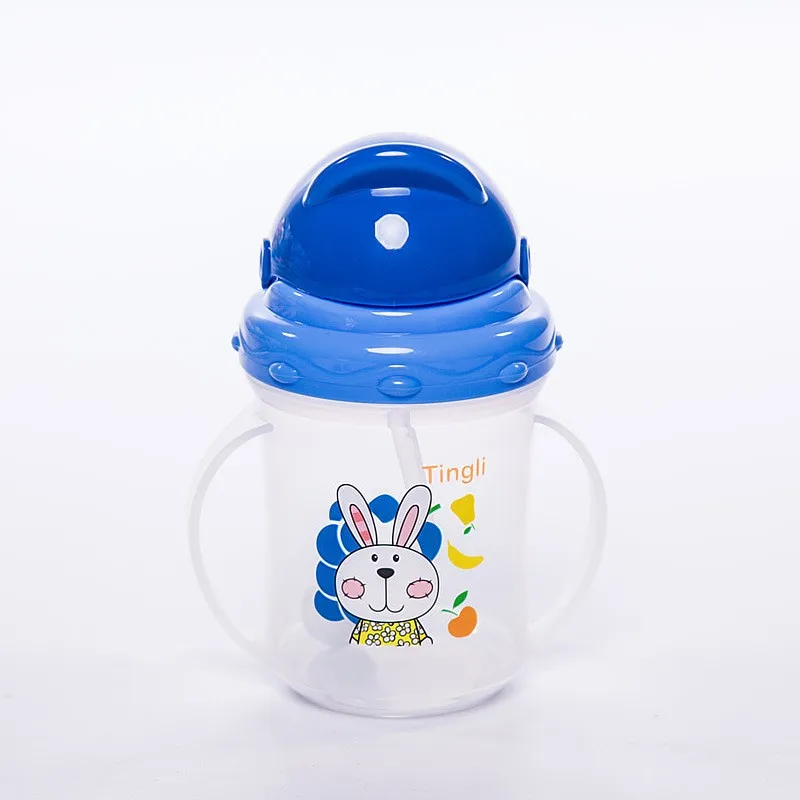 The Medela Calma Feeding Bottle with Smart Teat is designed specifically for mothers who want to establish and maintain breastfeeding, but for one reason or another have to use a bottle as well. The peculiarity of the bottle is in its nipple, a unique development of the company, which reproduces the vacuum sucking of the baby and prevents the swallowing of air. At the same time, the nipple has one size for the entire period of feeding, as well as in natural conditions. This version of the bottle allows the baby to retain the skills learned when sucking on the mother's breast, and easily move from breast to nipple and back when necessary. The disadvantages of this option include a rather high cost. Also, some parents note that not all babies like the specific structure of the nipple.
The Medela Calma Feeding Bottle with Smart Teat is designed specifically for mothers who want to establish and maintain breastfeeding, but for one reason or another have to use a bottle as well. The peculiarity of the bottle is in its nipple, a unique development of the company, which reproduces the vacuum sucking of the baby and prevents the swallowing of air. At the same time, the nipple has one size for the entire period of feeding, as well as in natural conditions. This version of the bottle allows the baby to retain the skills learned when sucking on the mother's breast, and easily move from breast to nipple and back when necessary. The disadvantages of this option include a rather high cost. Also, some parents note that not all babies like the specific structure of the nipple.
There is an anti-colic valve in the bottom of the bottle that prevents air bubbles from entering the mixture. Many parents also like the sleek, stylish design of the bottle. Of the shortcomings, it is worth noting the rather high cost of the product. Also in the reviews, some mothers note that sometimes the bottle can leak.
Also in the reviews, some mothers note that sometimes the bottle can leak.
| Manufacturer | USA |
| Bottle Material | Polypropylene |
| Teat Material | Silicone |
5. Twistshake bottle with container, 180 ml
Twistshake bottle with container, 180 ml. Photo: yandex.market.ruThis option is more focused on children who are bottle-fed, although for a mother who is breastfeeding, but who resorts to supplementing her baby with a mixture, it will become an excellent lifesaver. The peculiarity of the bottle is that it comes with a container for storing the mixture and a shaker for whipping it. It is important that it be homogeneous, without lumps. The bottle itself is made of safe plastic, the silicone nipple has a special valve that prevents excess air from entering the baby, which means it reduces the risk of colic.
In addition, the product looks stylish, a wide range of colors is available: from neutral whites, blues and pinks to purples, bright yellows and even blacks.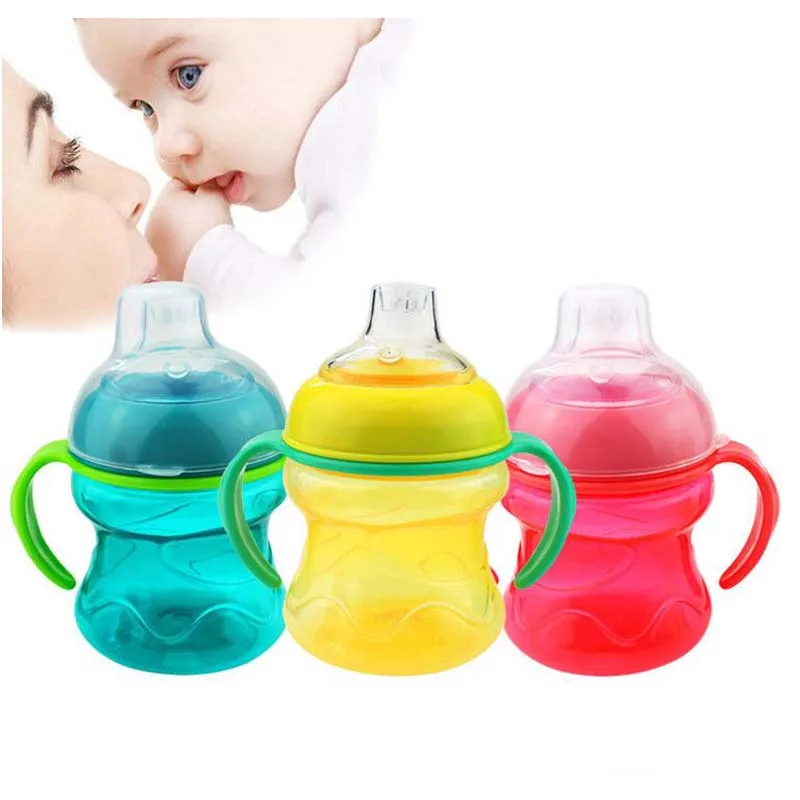 Of the shortcomings in the reviews, they note that the white scale is not very visible on light bottles. Also, the lid is a little tight, which can create some difficulties when opening.
Of the shortcomings in the reviews, they note that the white scale is not very visible on light bottles. Also, the lid is a little tight, which can create some difficulties when opening.
| Manufacturer | Sweden |
| Bottle material | Polypropylene |
| Teat material | Silicone |
Photo: yandex.market.ru
Many parents who used a bottle of this American brand noted that the so-called anti-colic system really works. The bottle is equipped with a special ventilation system (a technology patented by the company), and when sucking, the baby does not swallow air, as happens during feeding with the help of some analogues. This means that the period of colic, which is already difficult for the baby, is not complicated. A nice bonus: the kit includes a small brush for cleaning the pacifier and ventilation system. Chicco Natural Feeling silicone bottle, with tilt and flexors, 150 ml.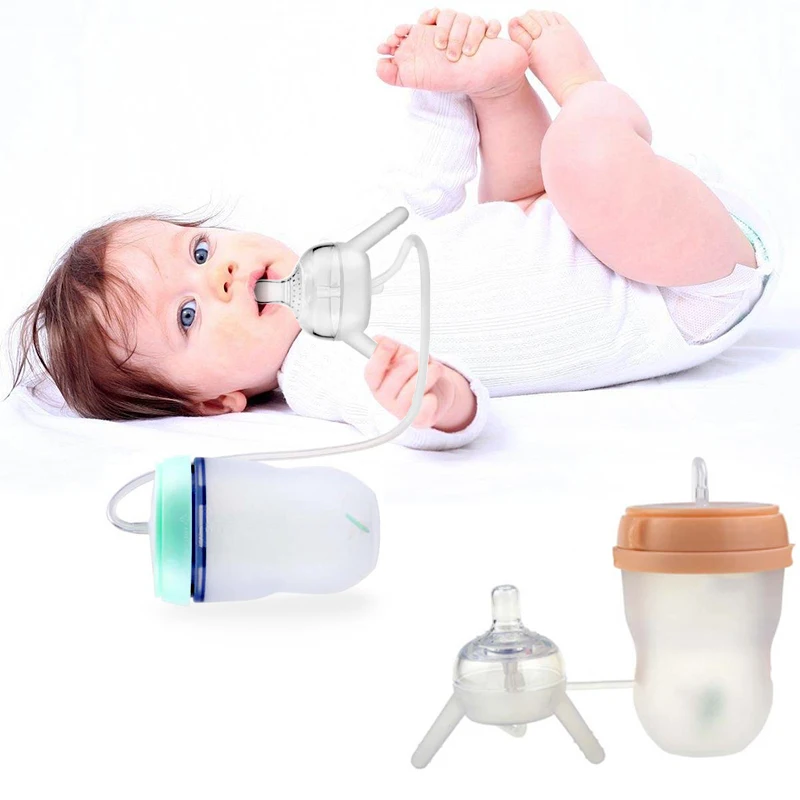 Photo: yandex.market.ru
Photo: yandex.market.ru
Italian brand, one of the oldest in the production of goods for children and their mothers. The quality of products has long been trusted by many Russian parents. Chicco's line of feeding bottles is pretty well presented, most of them have a lot of positive reviews. In our rating, let's pay attention to the bottle of Chicco Natural Feeling.
According to the manufacturer, the use of bottles in this series brings the process of feeding closer to natural. The nipple imitates mother's breasts: it has a special velvety mum effect texture, reminiscent of a woman's breasts. A special ultra-soft silicone is used for the pacifier, which means that it is more comfortable for the child, while being durable. The design allows for a proper wide grip, so the bottle should be suitable for breastfeeding. The double anti-colic valve reduces the chance of air getting in while the baby is feeding and the risk of colic. Among the shortcomings: some parents in the reviews note that the flow for the newborn may be stronger than necessary, and in this case it is better to use the bottle not from birth, but a little later.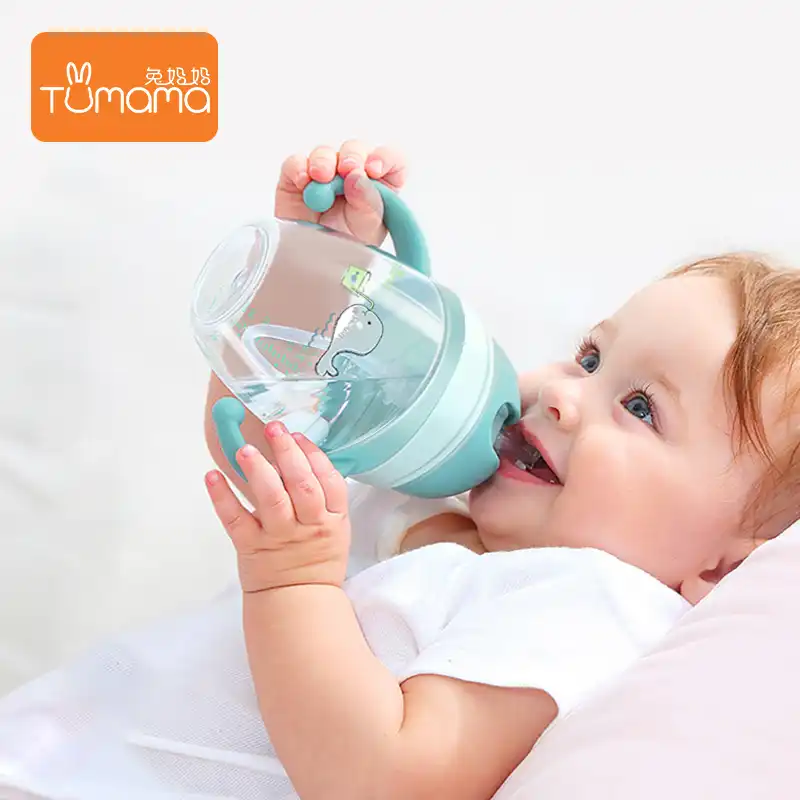 Lubby feeding bottle with milk teat Babies and Babies, 120 ml. Photo: yandex.market.ru
Lubby feeding bottle with milk teat Babies and Babies, 120 ml. Photo: yandex.market.ru
Another glass and at the same time budget bottle in our rating. It has a small volume, it is convenient to use in the first months of a baby's life. The milk nipple that comes with the bottle has a slow flow and an anatomically correct shape. There is a valve that traps air. The bottle closes with a special rather large cap, which can also be used as a glass.
Bottle material
Most parents today prefer plastic bottles. Their advantages are that they are light, do not break, many are shaped with recesses to make it more comfortable to hold in your hand. The main thing here is the quality of the plastic from which the bottle is made. It should be polypropylene, which does not contain Bisphenol A, does not emit harmful substances during sterilization and is safe for the newborn. Pay attention to the corresponding markings on the label.
As for bottles made of glass, this is a more environmentally friendly material, glass does not react during sterilization, does not absorb odors, which can be seen in some plastic bottles.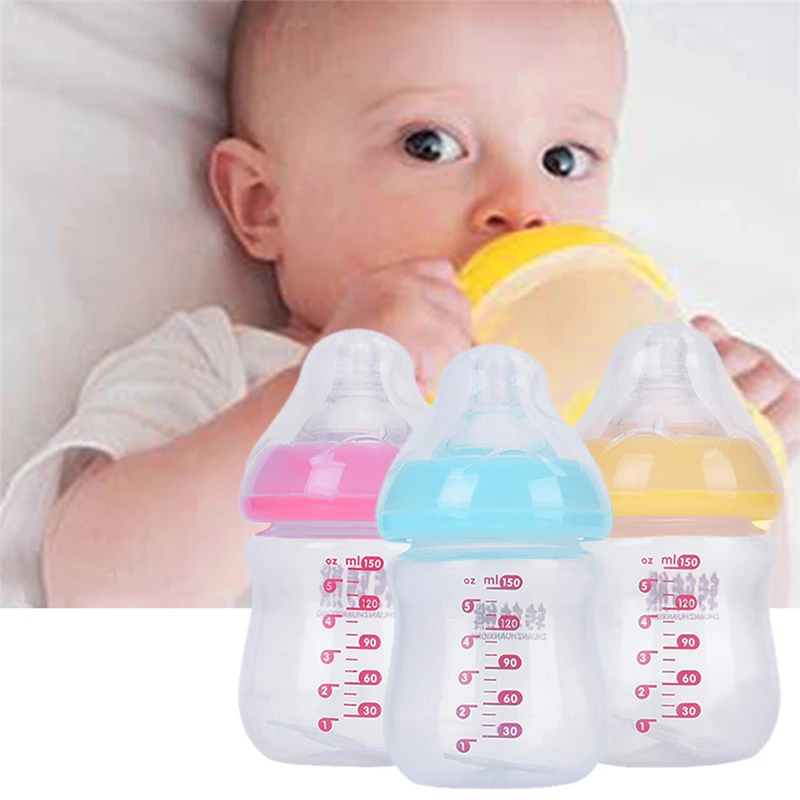 But they are heavier than plastic ones, they break easily. Although there are a lot of adherents of glass bottles among parents, and most manufacturers necessarily have such options in their lines.
But they are heavier than plastic ones, they break easily. Although there are a lot of adherents of glass bottles among parents, and most manufacturers necessarily have such options in their lines.
Bottle size and shape
A newborn eats small amounts of food, so it is advisable to purchase small bottles up to 140 ml at the first stage. They are more compact and easy to use. A bottle with a larger volume will be less convenient, but it will last longer. A wide bottle is usually more comfortable to hold in your hand. A plus will be a wide neck - it is convenient to pour the mixture into this and wash it.
Teat material
There are two options here: silicone or latex. Latex nipples are brown in color, softer and often more appealing to babies. But they are short-lived and often require replacement. The silicone nipple is harder, which can make it difficult for weak premature babies to feed. But it keeps its shape better and lasts longer. Focus on the tasks that you set for yourself when using the bottle. If you want to maintain lactation and use an exclusively physiological nipple, it is better to choose silicone. For premature babies, latex may be better suited. In addition, the baby himself can declare his preferences and refuse one option in favor of another.
If you want to maintain lactation and use an exclusively physiological nipple, it is better to choose silicone. For premature babies, latex may be better suited. In addition, the baby himself can declare his preferences and refuse one option in favor of another.
Shape of the nipple
The best option would be a physiological nipple, as close as possible to the mother's nipple, with a wide latch, which promotes the development of the same skills in the baby as when breastfeeding. There are also orthodontic nipples with beveled nipples, it is believed that they favorably affect the proper development of the jaw system.
Flow rate and teat size
Depending on the age of the baby, teats differ in the size and flow rate of the liquid coming from the bottle. For a newborn, a size 1 or 0 nipple is suitable (may vary depending on the manufacturer). It is also important to use a slow-flow nipple for the first month so that the milk or formula does not flow quickly, and the baby makes an effort to suckle the bottle, as well as suckling at the breast. The slowest flow is one small hole in the nipple. The more holes, the faster the liquid will flow to the baby. For example, a pacifier with two holes is best used after a month. All these characteristics are indicated on the instructions for the product, pay attention to this when choosing.
The slowest flow is one small hole in the nipple. The more holes, the faster the liquid will flow to the baby. For example, a pacifier with two holes is best used after a month. All these characteristics are indicated on the instructions for the product, pay attention to this when choosing.
Anti-colic system available
Today, more and more manufacturers offer so-called anti-colic bottles. They suggest the presence of a nipple with a special valve that does not allow air to enter the baby when feeding. There are also options when the "anti-colic" mechanism is placed in the bottle itself. This is a good option. But it should be borne in mind that these mechanisms do not always work one hundred percent, and it is not possible to completely avoid air ingress during feeding. In addition, colic is a natural physiological process, in some babies they are more pronounced, in others less. And the air that enters the baby's stomach during feeding is just one of the factors that can increase the manifestation of colic.